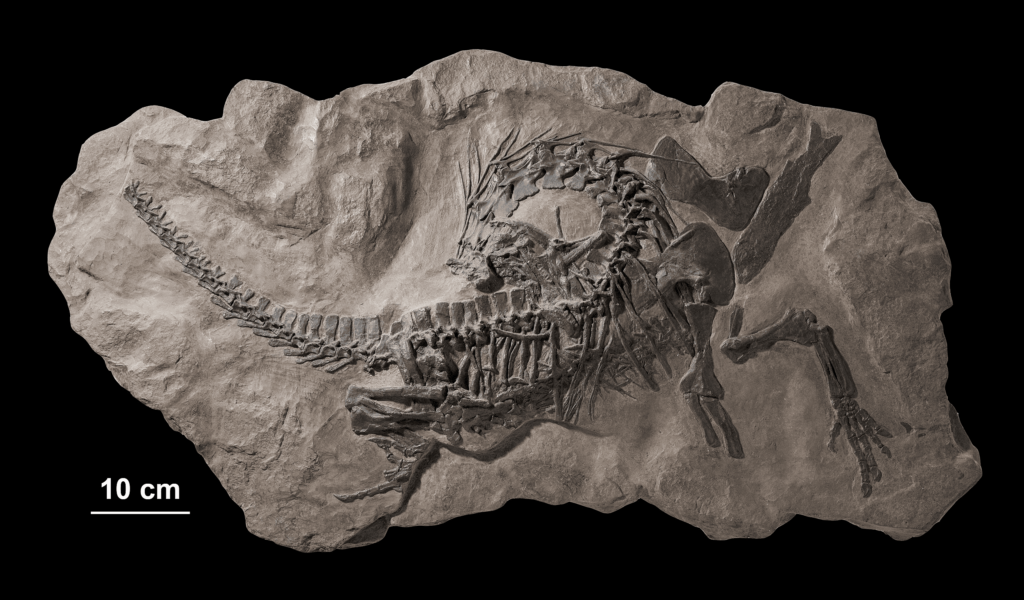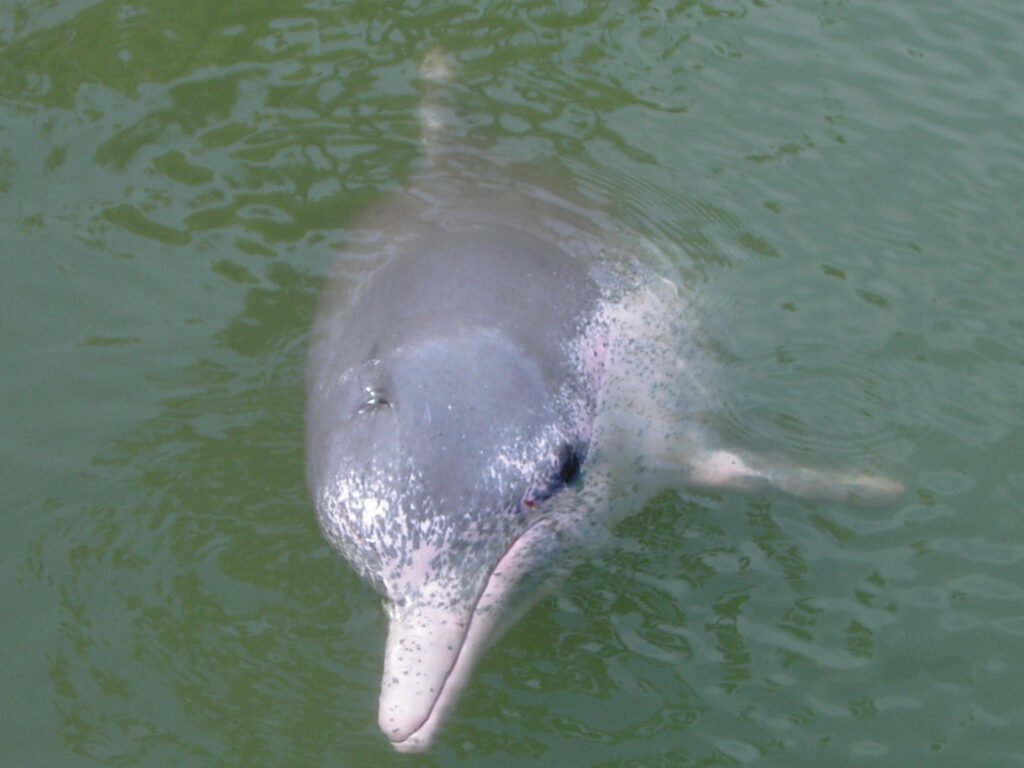The coelacanth is often dubbed a “living fossil” due to its striking resemblance to fossils dating back 400 million years. Discovered alive in the 1930s, it defied the belief that it went extinct 66 million years ago. Paleontologists are actively investigating its ancestors to understand how the coelacanth managed to survive multiple mass extinctions, as well as its evolutionary role in bridging aquatic and terrestrial vertebrates.
The Mystery of Dinosaur Eggs: Cracking the Code

Dinosaur eggs provide a crucial window into ancient reproductive behaviors and developmental biology. However, many details remain mysterious, such as embryonic preservation and the specific identification of species based on eggshell morphology. Recent advancements in imaging technology are allowing scientists to decode embryonic development stages, but many questions about nesting behaviors and parental care remain unsolved.
The Giant Ape Gigantopithecus: Lost in the Forest
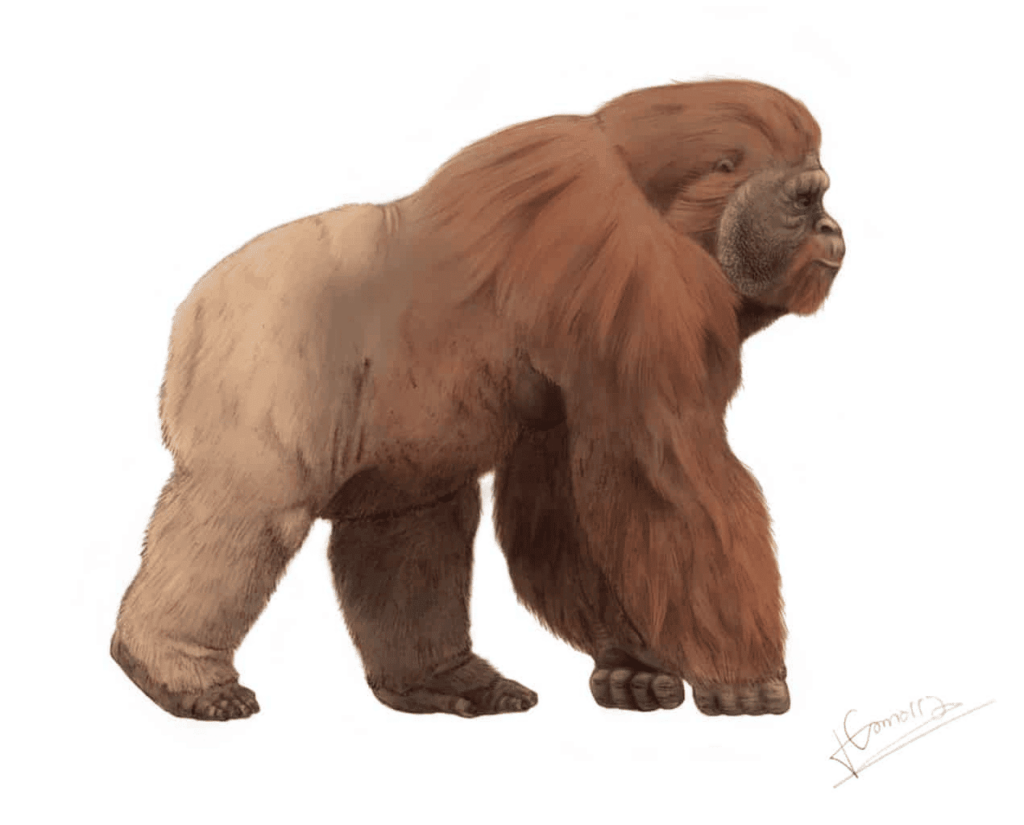
Gigantopithecus, a giant ape that once roamed the forests of Asia, is primarily known from large teeth and jawbones. These sparse remains suggest it was the largest primate to ever exist, potentially standing up to ten feet tall. However, without more complete fossils, its relation to modern apes and possible reasons for its extinction continue to elude scientists. Genetic insights, if uncovered, could reshape our understanding of its place in the primate lineage.
The Mammoth Puzzle: Woolly Survivors?

Woolly mammoths roamed much of the Northern Hemisphere and left an extensive fossil record. While their extinction is largely attributed to climate change and hunting pressures, recent discoveries of well-preserved specimens have fueled debates on whether pockets survived into historical times. Studies incorporating ancient DNA are ongoing to illuminate their decline and potential interactions with early human populations.
Fossil Footprints: Steps Back in Time
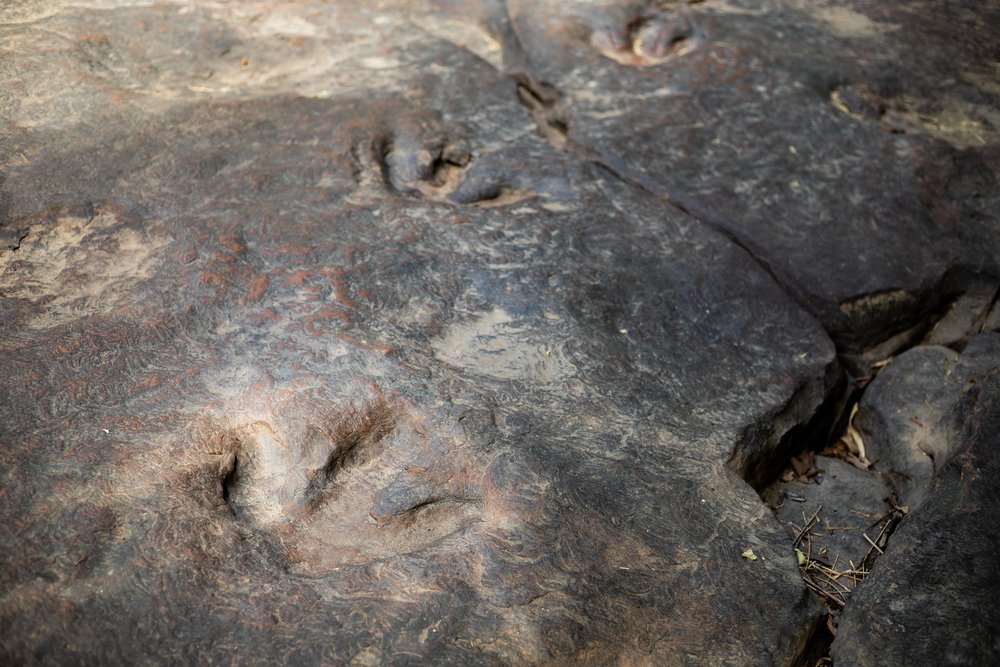
Fossilized footprints provide rare insights into the behavior, movement, and environments of prehistoric animals, yet they raise questions about track makers and conditions of formation. One particularly puzzling mystery is the identification of trackways that do not match known skeletal records. Scientists strive to match these footprints with potential track-makers, which involves intricate work combining geology, ichnology, and biology.
The Burgess Shale: A Cambrian Enigma

Discovered in the Canadian Rockies, the Burgess Shale is a pristine fossil bed capturing an explosion of unique and previously unknown creatures from the Cambrian period. Many of these organisms have bizarre anatomies that puzzle scientists even today. Researchers are actively working to understand the ecological interactions of these early life forms and their evolutionary significance in Earth’s history.
The Great White Shark Ancestry: Teeth Tell Tales
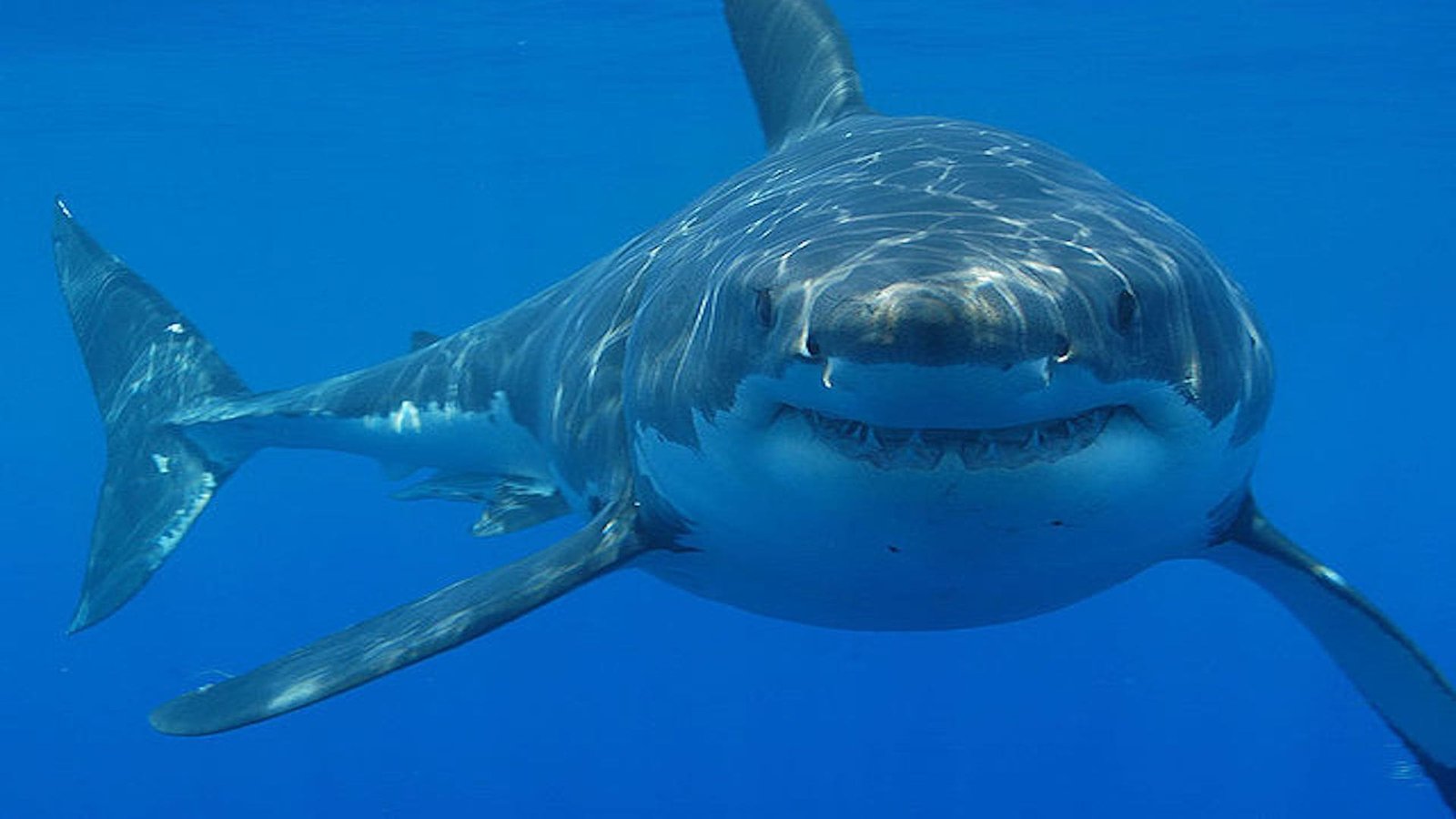
The evolutionary origins of the great white shark are debated amongst paleontologists, who primarily rely on isolated fossilized teeth. One hypothesis proposes it descended from the vast megalodon, while others suggest a closer relation to the mako shark lineage. Clarifying its ancestry depends on finding more skeletal elements, which remain exceedingly rare due to the cartilaginous nature of shark skeletons.
The La Brea Tar Pits: Ice Age Insights
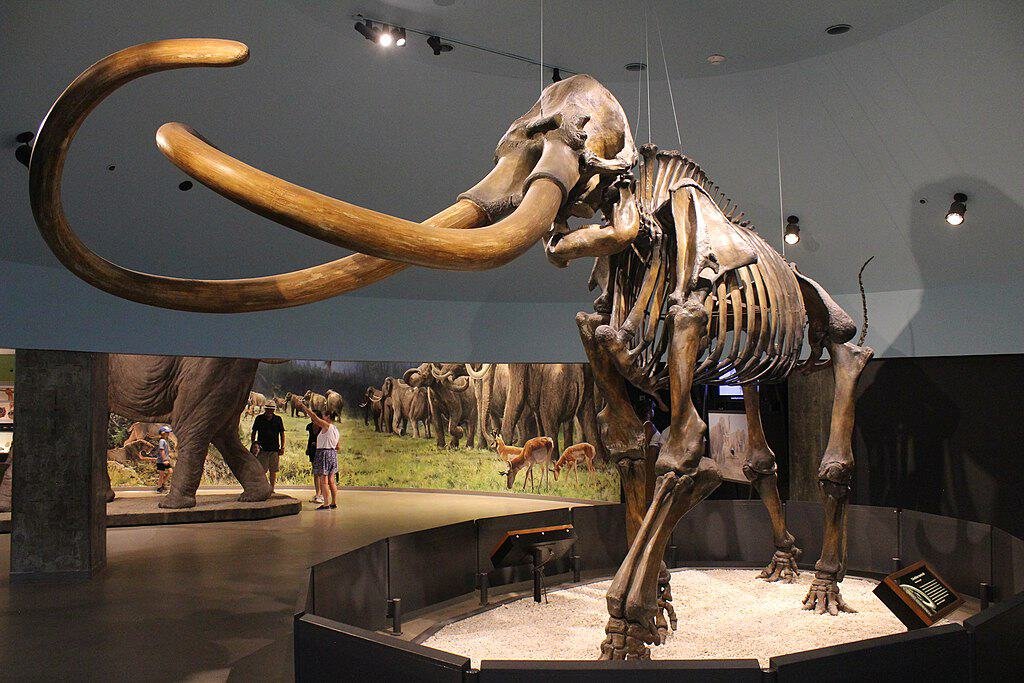
Located in Los Angeles, the La Brea Tar Pits have been a bountiful source of Ice Age fossils. Yet, questions remain about how these animals lived, why they became entrapped, and what their assemblage reveals about the Pleistocene epoch. Ongoing research attempts to unravel the ecological dynamics of the era, including predator-prey relationships and climatic impacts leading up to large mammal extinctions.
The Quetzalcoatlus Conundrum: The Largest Flyers
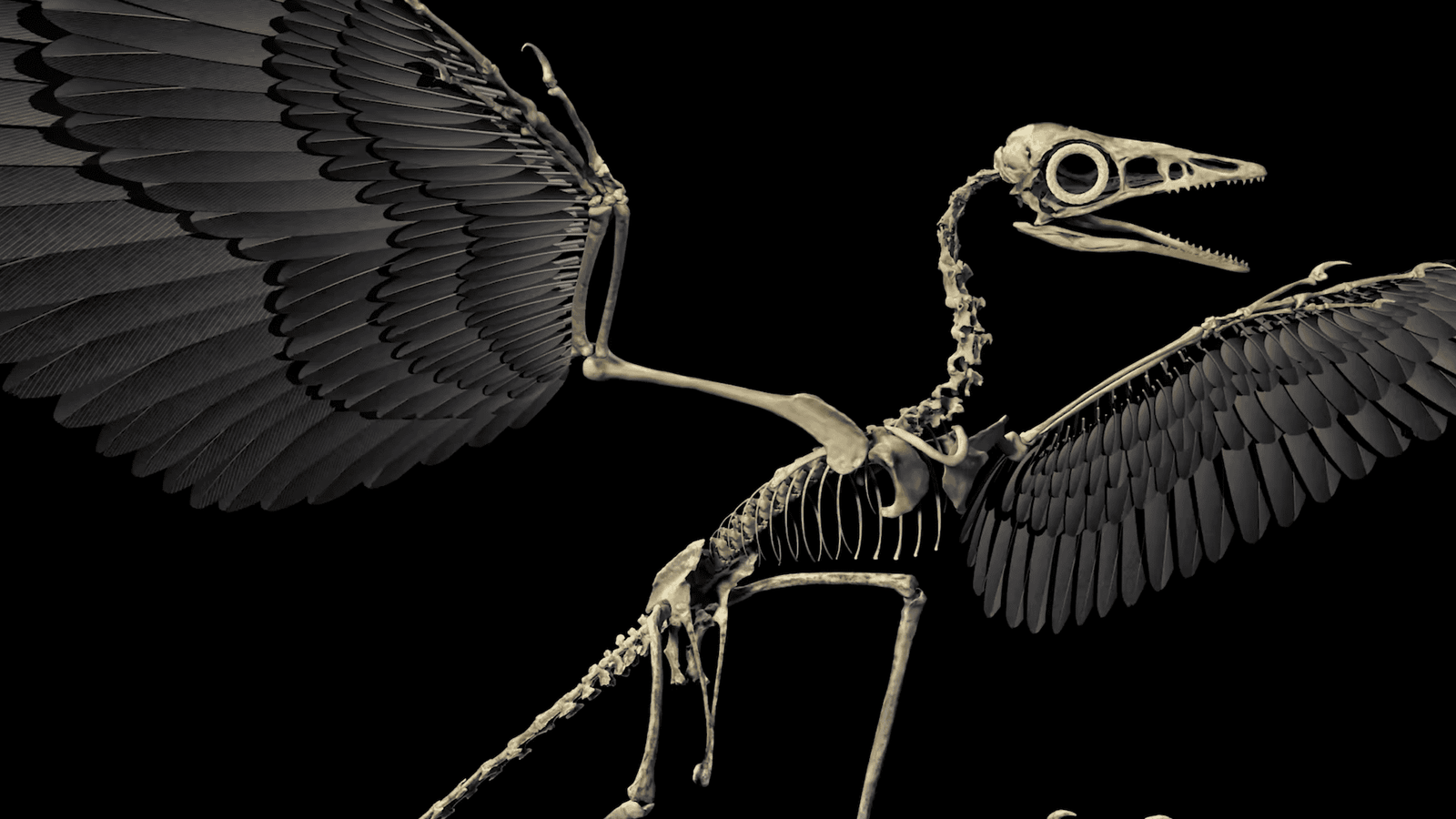
The Quetzalcoatlus is recognized as one of the largest flying animals ever, yet its flight mechanics challenge understanding, particularly how it launched into the air. Its massive wingspan suggests it may have soared similarly to modern albatrosses, but direct fossil evidence is needed to explore whether it practiced powered flight or primarily glided. Researchers study its skeletal structure to decipher these ancient aerodynamics.
The Mysterious Mass Extinctions: Solving Nature’s Puzzles

Throughout Earth’s history, several mass extinction events have reshaped biodiversity, often eliminating dominant species and paving the way for evolution’s newcomers. The causes of these events — from volcanic activities to asteroid impacts — are not fully understood. Paleontologists strive to piece together evidence from across the globe, employing modern techniques such as isotope analysis and climate modeling to unravel the complexity of these profound environmental changes.

